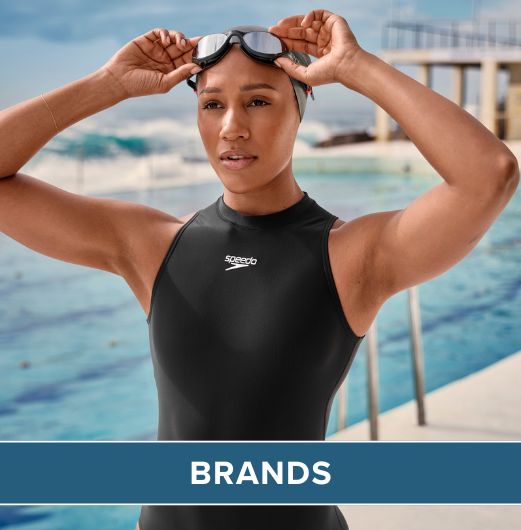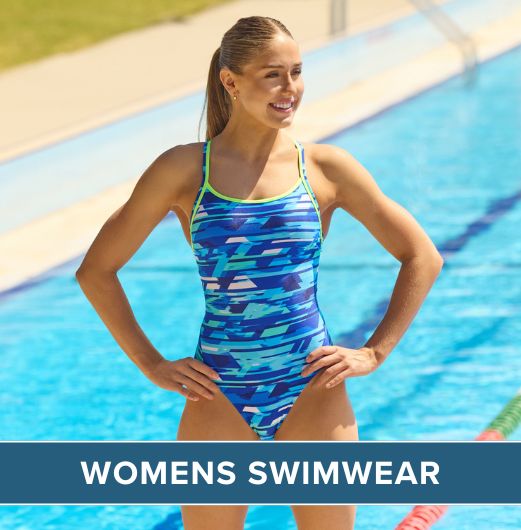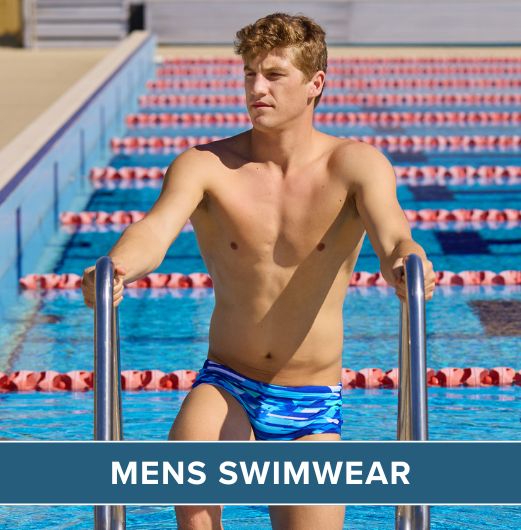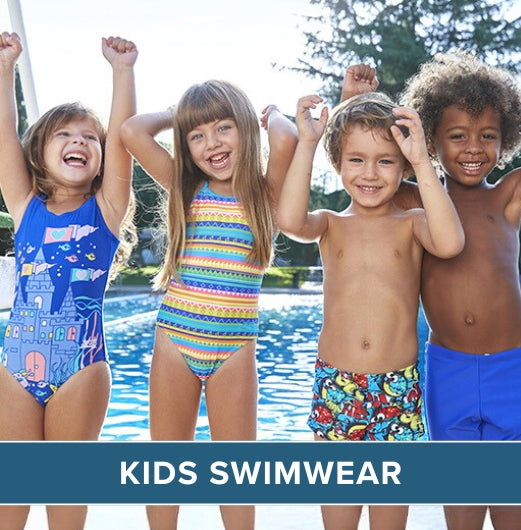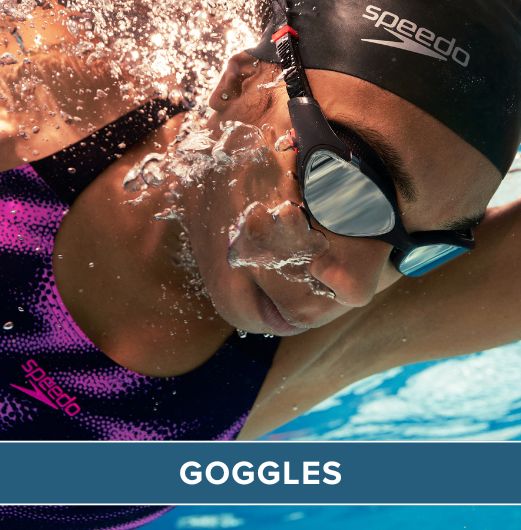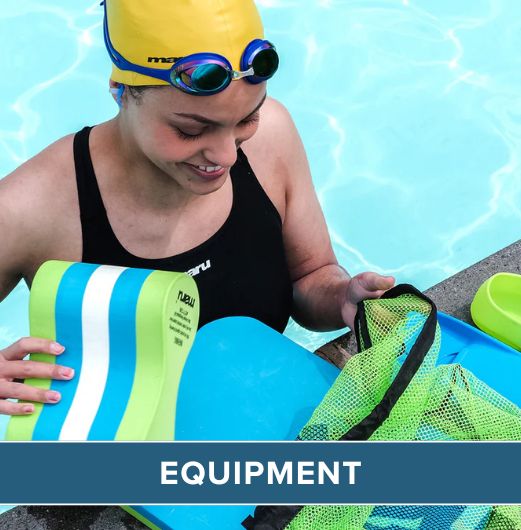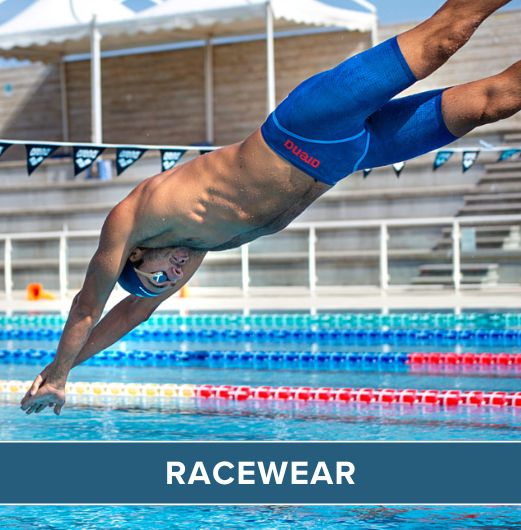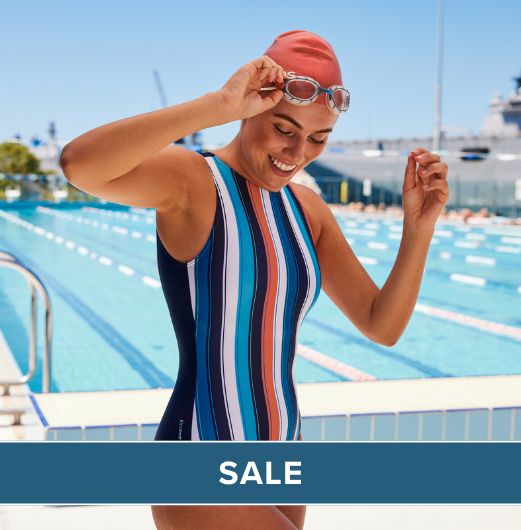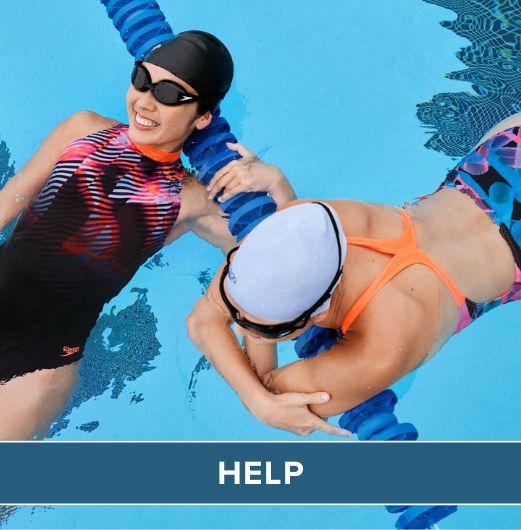Anyone who has ever been swimming understands the temptation of the vending machine in the lobby. Anecdotally, it seems that swimming make us want to devour calories, and typically not the calories found in oranges or apples! There have been some research studies delving into the mechanisms of this phenomenon, although they present contrasting findings. Explanations range from the simple – that swimming involves using large muscle groups for an extended period of time – to the more complex, involving the effect of water temperature.
Much of the evidence is controversial, with poor methodologies and small sample sizes, but it does appear that swimming makes us hungrier than other similarly intense sports, such as cycling or long distance running. In this article we’ll explore some of the theories in a little more detail, to try and find out why swimmers experience a much stronger post-exercise appetite than athletes from other sports.
1. The availability of food
There are some simple, yet mostly false, explanations as to why swimmers seem to consume more calories. The most obvious is that in a pool environment there are likely multiple vending machines or cafes, providing an easy opportunity to buy food and drinks. This is in contrast to sports like football or jogging, which mainly take place outdoors, away from the temptations of easily accessible calories. This explanation is logical, but also easily debunked as the main reason for the increased appetite of swimmers.
Studies looking into the effects of different sports on weight loss provide evidence against the possibility of the availability of vending machines, as researchers present participants with the same buffet options after exercise. Increased appetite after swimming has led to a number of studies concluding that swimming is a less effective weight loss intervention than walking or cycling of a similar intensity – regardless of the availability of food [1].
2. Swimming is an intense aerobic exercise
Swimming is an intense exercise that engages several large muscle groups, especially if you’re mixing up the strokes. The front crawl for example recruits muscles from the chest and lats, whereas the butterfly will target the shoulders, chest, and back. In one training session a swimmer will typically engage a significantly greater proportion of their muscles than athletes from other sports, such as cycling. The energy expenditure spread over a number of muscle groups is one potential explanation for increased appetite.
Interestingly, and in contrary to the above theory, when researchers measured energy expenditure in relation to body mass across a number of sports, swimming ranked among the lowest – despite using more muscle groups. A 70kg swimmer performing laps can be expected to use 326 kilocalories (kcal), much lower than rugby (550 kcal) or squash (610 kcal), and significantly lower than jogging at 9 km/h (660 kcal) [1]. It therefore appears that although swimming might utilise more muscle groups, this does not correlate with total energy expenditure. The fact swimming is an ‘intense’ exercise is a logical explanation for the increased desire to consume calories, although clearly isn’t a complete explanation.
3. Total time spent exercising
An interesting theory behind the increased appetite after swimming is that a session will typically last longer than in other sports. A swimmer may spend three to four hours in and around the pool, whereas those cycling, running, or playing football, will rarely be exercising for more than two hours. The total time is important, because while exercising your body enters a state of well-documented ‘exercise-induced anorexia’ [3].
You may have noticed that you are rarely hungry while exercising, with the hunger only hitting you once you’ve finished. This effect can be explained by hormonal changes suppressing appetite during exercise. This appetite suppression is an important evolutionary trait, as it means that we can sustain exercise for a prolonged period without needing to break for food. The exact mechanism behind this finding, and even the hormones involved, is still not fully understood.
While a concise theory, the difference in total exercise time can be easily debunked using the same method as the availability of food – directly comparing athletes undertaking different sports, while controlling the variables. In this case, the amount of time spent exercising can be controlled, and interestingly swimmers are still noted to have an increased appetite compared to other athletes, and so there must be a more significant factor.
4. Water temperature
The one factor most studies looking into post-exercise appetite don’t control for is the colder temperatures swimmers are exposed to, compared with those performing land-based activities. There is some logic to the theory, but swimmers are exercising – which means generating heat – can cold water really have that much effect? Similarly, wouldn’t those people running at 6am experience similarly cold temperatures? As it turns out, cold water is the most significant factor in post-exercise increased appetite, to a much greater degree than cold air.
A study evaluating the effect of water temperature on post-exercise appetite found that athletes exposed to 20 degrees Celsius consumed roughly 44% more calories on average, compared to those in warmer water – 3653 to 2533 kilojoules [4]. The results of this study were mirrored by another looking at cyclists submerged in varying temperatures of water, compared to those on land [5]. Interestingly, cyclists submerged in warm water ate the least calories – even less than those on land – suggesting that temperature plays a larger role in post-exercise appetite than previously thought.
There are several explanations for why the temperature of water has such a pronounced effect on appetite. The most logical is that in cold water your body has to work harder to regulate your body temperature, through compensatory mechanisms. Interestingly, post-exercise appetite has been shown to increase even if an athlete’s core temperature doesn’t drop – meaning the effect is much more complex than currently understood.
5. So what does all this mean?
In summary, it’s probable that in response to continued exercise in cold water the body responds with hormonal changes, responsible for the increased appetite many swimmers experience. The mechanism isn’t fully understood, but the temperature of the water plays a more significant role than the overall intensity or duration of exercise. So how does this affect the average swimmer? It means that you need to prepare healthy snacks for after a swimming session, unless you have access to the equipment required to heat the pool to room temperature!
Sources
[1] Gwinup, G. (1987). Weight loss without dietary restriction: efficacy of different forms of aerobic exercise. Am J Sports Med, 15(3), 275-279.
[2] Kent, M. (1997). Food and fitness: a dictionary of diet and exercise. Oxford University Press.
[3] King, N. A., Burley, V. J., & Blundell, J. E. (1994). Exercise-induced suppression of appetite: effects on food intake and implications for energy balance. Eur J Clin Nutr, 48(10), 715-724.
[4] White, L. J., Dressendorfer, R. H., Holland, E., McCoy, S. C., & Ferguson, M. A. (2005). Increased caloric intake soon after exercise in cold water. Int J Sport Nutr Exerc Metab, 15(1), 38-47.
[5] Shorten, A. L., Wallman, K. E., & Guelfi, K. J. (2009). Acute effect of environmental temperature during exercise on subsequent energy intake in active men. Am J Clin Nutr, 90(5), 1215-1221.
 Free Tracked UK Delivery
Free Tracked UK Delivery Hassle Free Returns
Hassle Free Returns Next Working Day OPTION
Next Working Day OPTION Found It Cheaper?
Found It Cheaper?



